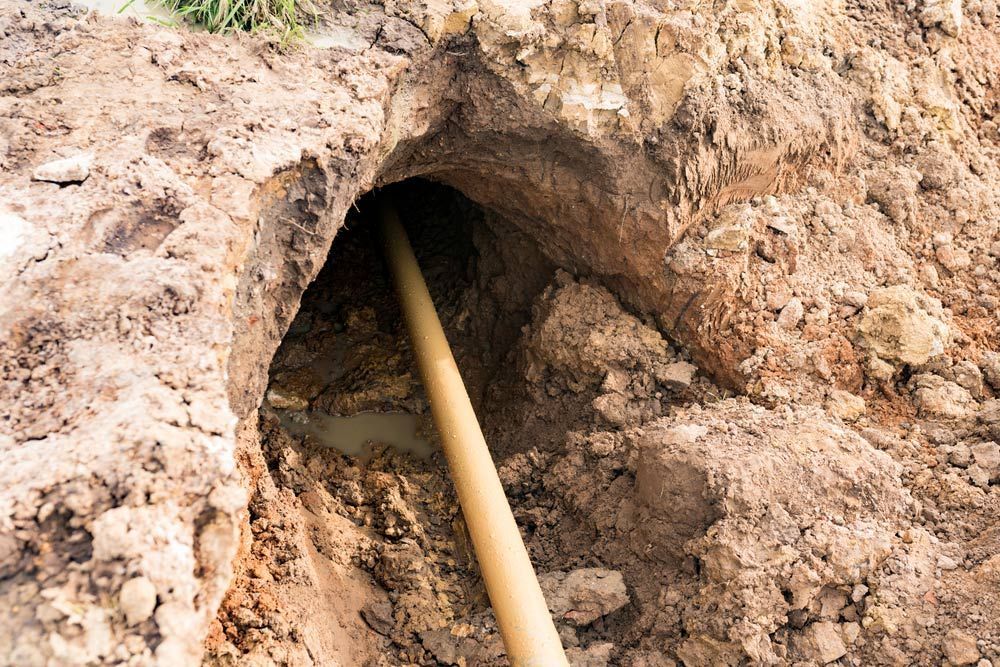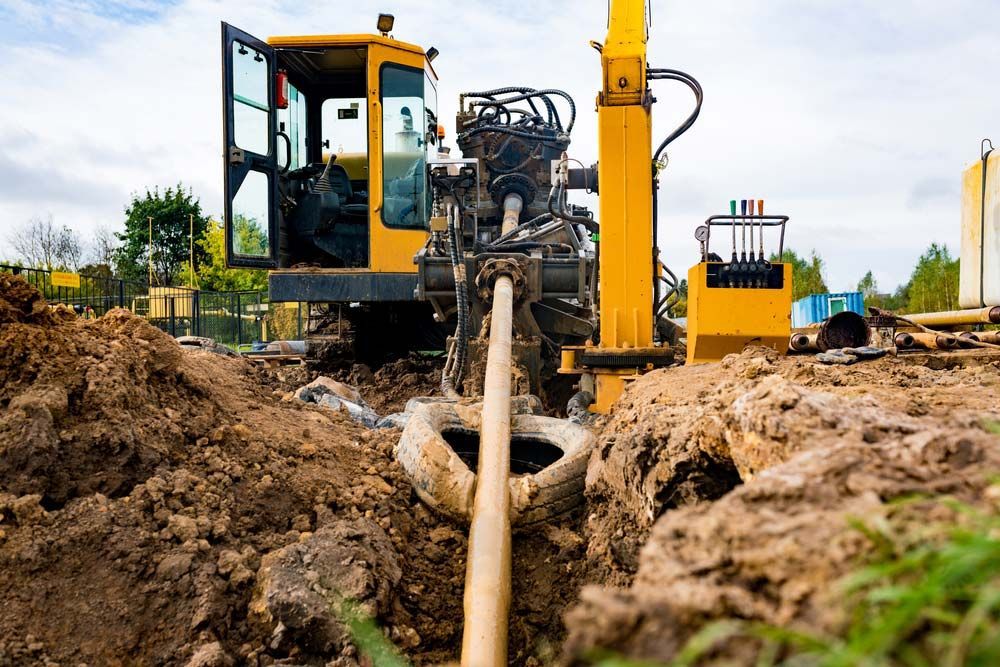Reducing Environmental Impact With Directional Drilling
Directional drilling is changing how construction projects are handled, offering an innovative method to install underground utilities while reducing environmental harm. Unlike traditional excavation, which often involves large-scale digging and disruption, directional drilling focuses on precision and efficiency. This approach ensures that natural landscapes and ecosystems are preserved, making it a more sustainable option for modern infrastructure projects. This blog explores how directional drilling reduces environmental impact and highlights why it is an ideal solution for construction in ecologically diverse areas.
How Directional Drilling Minimises Surface Disruption
Unlike traditional methods that require extensive digging and clearing, directional drilling involves a controlled horizontal technique that significantly reduces land disturbance.
Key benefits include:
- Preserving landscapes: Large-scale excavation is avoided, maintaining natural vegetation and soil structure.
- Reduced restoration costs: With minimal surface damage, there’s less need for expensive and time-consuming land restoration.
- Protection of cultural sites: Sensitive areas, including heritage sites, remain intact due to the precision of directional drilling.
Reducing Carbon Emissions with Efficient Drilling Practices
Directional drilling requires fewer resources and machinery, significantly reducing fuel consumption and greenhouse gas emissions. This approach aligns with growing global efforts to adopt sustainable practices in the construction and utilities sectors.
Environmental benefits include:
- Lower fuel usage: Fewer vehicles and shorter project durations reduce energy consumption.
- Minimised emissions: Advanced drilling techniques lead to less machinery idle time and fewer trips to remove debris.
- Efficient operations: The streamlined process lowers overall carbon footprints for large-scale projects.
Preserving Aquatic & Underground Ecosystems
Directional drilling offers unparalleled advantages for projects involving waterways or fragile underground systems. Traditional excavation often disrupts aquatic habitats and damages underground ecosystems, but directional drilling avoids such issues by precisely navigating beneath the surface.
Innovative methods used include:
- Non-intrusive waterway crossings: Pipelines and cables can be installed under rivers without affecting marine life.
- Eco-friendly borehole designs: Drilling avoids contamination and preserves underground water sources.
- Minimising soil disruption: Maintaining the integrity of underground layers prevents erosion and habitat destruction.
Partner with Our Directional Drillers in Darwin
Directional drilling is more than just a technical innovation; it’s a step towards sustainable development. At Austar Underground Services, we are committed to delivering projects that protect and respect Darwin’s unique environment. Our expertise ensures that your project is completed with minimal environmental impact, aligning with sustainable development goals. Contact us today to discuss how our directional drilling services can benefit your next project.









